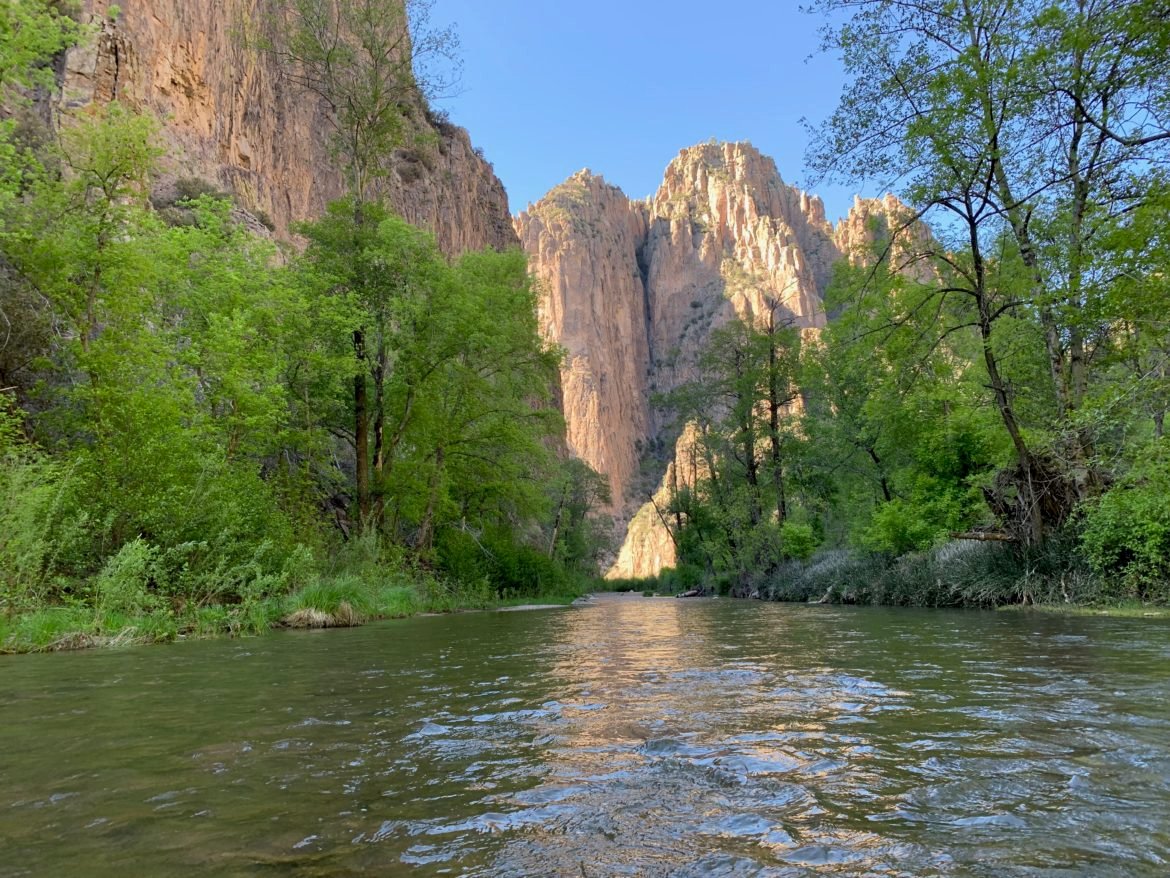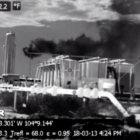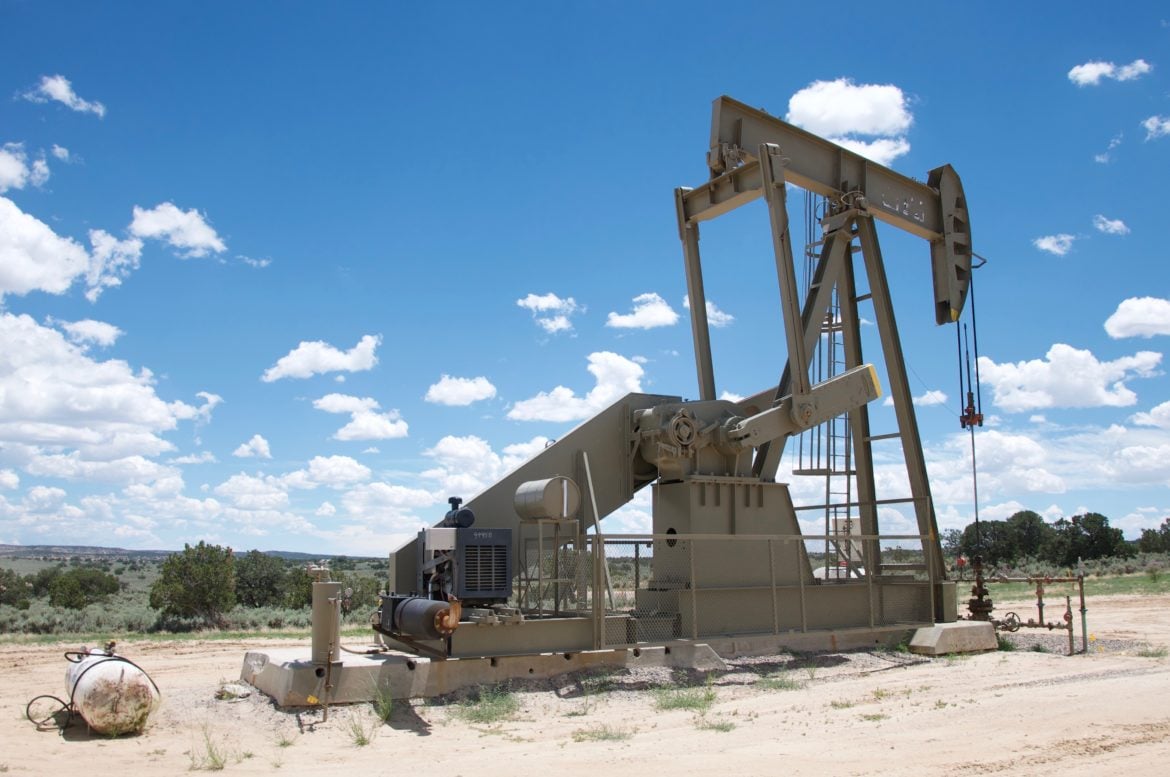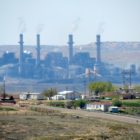climate change
More Water or More Wild: The Decades-Long Struggle over the Gila River’s Fate
|
Since he first saw it in 1983, M.H. “Dutch” Salmon advocated for a free-flowing Gila River. Salmon died in March, but his allies are fighting a diversion proposal. | Illustration by Maddy Olson
This story was published in collaboration with Bitterroot, an online magazine about the politics, economy, culture, and environment of the West. On the sunny afternoon decades ago when M.H. “Dutch” Salmon first set eyes on the Gila River, he was not impressed. “This was no river,” he would later write.









